
GROWING PAINS?
Growing Pains?
Is pain most commonly affecting the legs during…
November 5, 2020/by Total Care PodiatryIs pain most commonly affecting the legs during…

COMPLIMENTARY PAEDIATRIC CLINIC
Complimentary Paediatric Clinic
Every month at Total Care…
October 29, 2020/by Total Care PodiatryEvery month at Total Care…
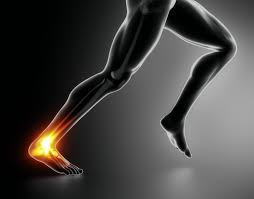
ACHILLES TENDINOPATHY – Who does it affect? Read our latest blog to find out more!
Achilles Tendinopathy
Tendinitis (inflammation), Tendinosis…
October 21, 2020/by Total Care PodiatryTendinitis (inflammation), Tendinosis…
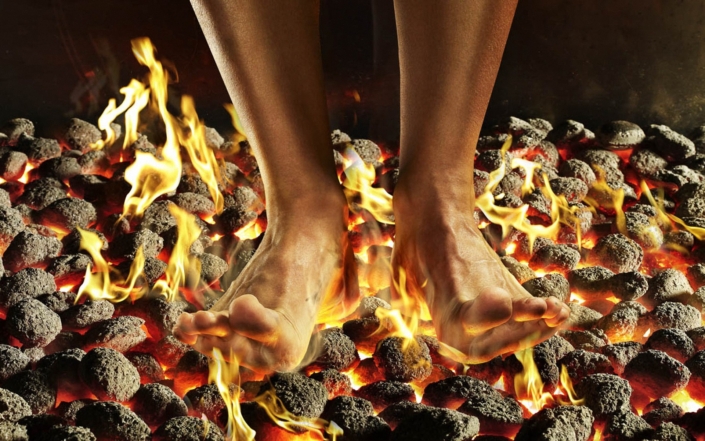
DIABETES AND SUMMER – If you have reduced feeling in your feet this blog is for you!
Diabetes and summer
Previously discussed in these blogs was…
October 21, 2020/by Total Care PodiatryPreviously discussed in these blogs was…
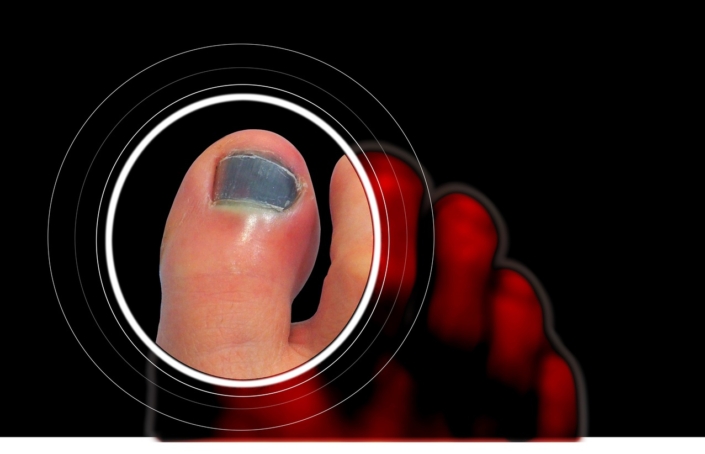
TOENAIL BRUISING AND INJURY
Toenail bruising and injury
Bruising of the toenails is very…
October 15, 2020/by Total Care PodiatryBruising of the toenails is very…
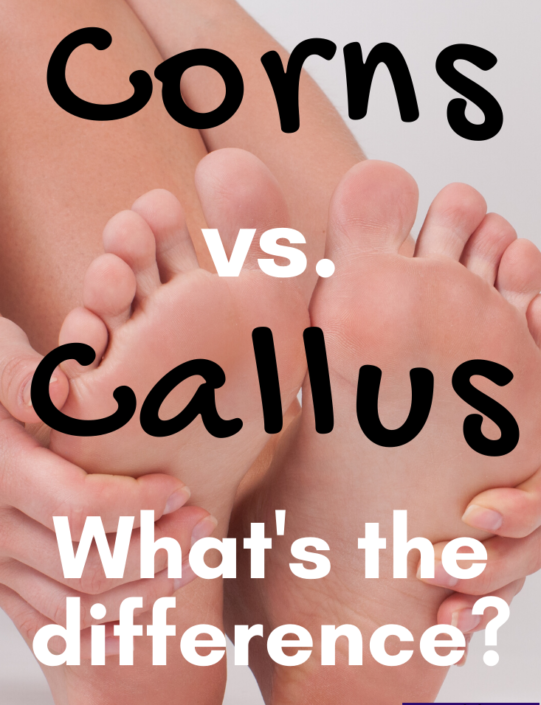
CORNS AND CALLUS – what are they and treatment
Corns and Callus
Callus is the thickening of the skin on the…
October 15, 2020/by Total Care PodiatryCallus is the thickening of the skin on the…
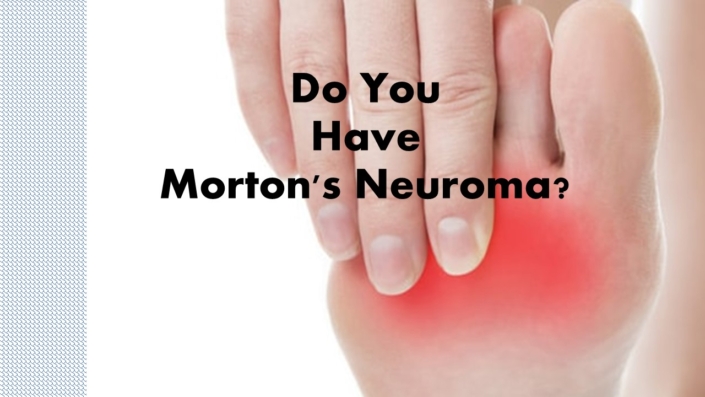
BALL OF FOOT SORE? You may have Morton’s Neuroma
Neuroma
Is a condition where pain is caused by compression of…
October 8, 2020/by Total Care PodiatryIs a condition where pain is caused by compression of…

CAR ACCIDENT AND THE LOWER LIMBS – What can podiatry do?
Car accident and the lower limbs
Trauma to the lower limbs…
October 8, 2020/by Total Care PodiatryTrauma to the lower limbs…

IS WEARING HIGH HEELS DAMAGING YOUR FEET? Check out our latest blog to find out more!
Wearing High Heels
High heels place increased load on the forefoot.…
September 23, 2020/by Total Care PodiatryHigh heels place increased load on the forefoot.…
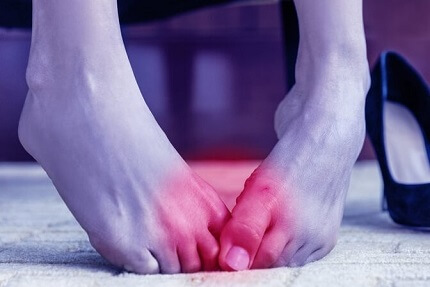
NARROW FITTING SHOES CAN CAUSE FOOT DAMAGE TO YOUR TOOTSIES! Check out our latest blog for more information…
Narrow Fitting Shoes
When purchasing shoes, always ensure there…
September 23, 2020/by Total Care PodiatryWhen purchasing shoes, always ensure there…

LIVING WITH ARTHRITIS? Check out our latest blog to find out more!
ARTHRITIS
There are 3 types of arthritis that commonly affect…
September 18, 2020/by Total Care PodiatryThere are 3 types of arthritis that commonly affect…
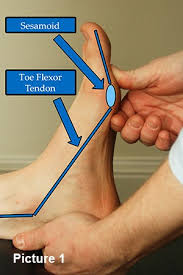
SESAMOIDITIS – What is it???
Sesamoiditis
What is it?
There are two small bones under the…
September 9, 2020/by Total Care PodiatryWhat is it?
There are two small bones under the…